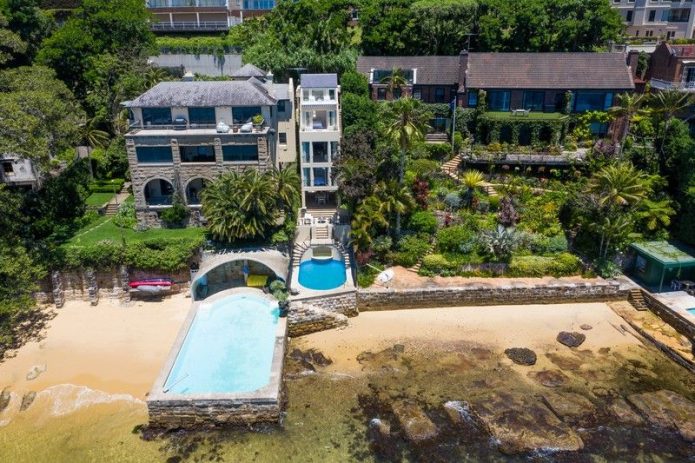PHOTO: Sydney – Australia
A power shift from banks to everyday Australians will fuel the national property market next year, according to LJ Hooker’s 2020 Trends Whitepaper.
Trend #1: The power shift from banks to borrowers
Trend #2: Renters become home owners
Trend #3: Regional rush for a same, same lifestyle
Releasing the report ‘What’s in store for 2020? The year of the everyday Australian’ , LJ Hooker’s Head of Research, Mathew Tiller, said the biggest trend will be a chance for more Australians to achieve the great Australian dream; home ownership.
“We’ll see buyers able to negotiate better loan terms coupled with record low interest rates, the realisation that in a lot of cities it’s cheaper to buy than rent, and a rush to regional areas where they can get more bang for their buck without sacrificing lifestyle,” Mr Tiller said.
“Now is the time for consumers to get their finances in order to get into the property market for the first time, or set themselves up for their future by buying an investment property.”
With record low interest rates, APRA softening mortgage serviceability requirements and property prices still below the 2017 peak, weekly mortgage repayments in most capital cities are now cheaper than weekly rents.
“Paying a mortgage has become comparable to the cost of renting a property,” Mr Tiller said.
“In our most expensive markets, Sydney and Melbourne, making the switch from renting to owning would cost just an extra $127 and $142 per week respectively. It could be down to a case of a fewer smashed avocados on toast, and more nights in, to get a foot in the door.
“It seems no matter the location, and even if prices go up, 2020 still appears to be the right year to make the leap, with affordability still quite good compared to where it was.
“There are also advantages for first-time buyers including the First Home Loan Deposit Scheme as well as stamp duty exemptions in some states, to help those seeking to get into the property market.”
Despite price declines across most capital cities, migration to regional areas has increased; a trend that is expected to continue in 2020 due to affordability and lifestyle.
READ MORE VIA ELITE AGENT










